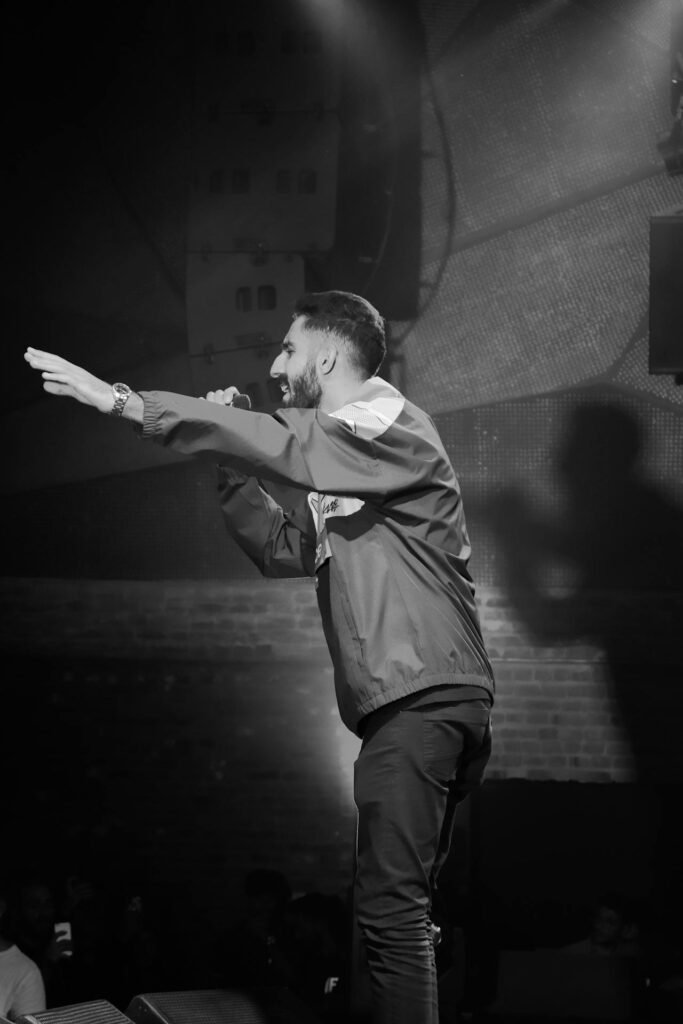Stand-up comedy, a unique blend of humor and performance, has captivated audiences for generations. Whether it’s a joke that makes you chuckle or a punchline that leaves you in stitches, the art of stand up comedy remains a beloved form of entertainment. But what exactly is stand up comedy, and what makes it so special?
What is Stand-Up Comedy?
Stand-up comedy is a performance art where a comedian entertains an audience with a series of jokes, anecdotes, and humorous observations. Unlike other forms of comedy, stand-up relies on the comedian’s ability to connect with the audience through direct engagement, often using personal stories and sharp wit to evoke laughter.
The History of Stand-Up Comedy
Early Origins
The roots of stand-up comedy can be traced back to ancient times when jesters and storytellers entertained crowds with their humor. Over the centuries, this evolved into various forms of comedic performance, eventually leading to the modern stand-up we know today.
Modern Era
In the 20th century, stand up comedy flourished in clubs and theaters across the United States and the UK. The 1960s and 1970s saw the rise of comedy legends who pushed the boundaries of humor, paving the way for future generations of comedians.
Key Elements of Stand-Up Comedy
At its core, stand up comedy involves several key elements: timing, delivery, and audience engagement. A successful comedian must master these aspects to create a memorable performance that resonates with the audience.
Famous Stand-Up Comedians
Classic Legends
Icons like Richard Pryor, George Carlin, and Joan Rivers set the stage for modern stand-up with their groundbreaking performances and fearless approach to comedy. Their influence can still be seen in the work of today’s comedians.
Modern Icons
Today, comedians like Kevin Hart, Amy Schumer, and Dave Chappelle continue to push the envelope, bringing fresh perspectives and innovative styles to the world of stand up comedy.
The Art of Writing Jokes
Techniques
Writing jokes is an art form that requires creativity and precision. Techniques like wordplay, exaggeration, and misdirection are commonly used to craft punchlines that surprise and delight audiences.
Inspirations
Comedians often draw inspiration from their own lives, current events, and social issues. This personal touch adds authenticity to their performances, making their humor more relatable and impactful.
Performing Stand-Up Comedy
Stage Presence
A comedian’s stage presence is crucial to their success. Confidence, body language, and vocal delivery all contribute to the overall performance, helping to engage and entertain the audience.
Audience Interaction
Interacting with the audience can create a dynamic and memorable experience. Comedians often use crowd work to involve the audience, making them feel like a part of the show.
The Role of Comedy Clubs
Historical Significance
Comedy clubs have played a vital role in the development of stand up comedy. These venues provide a platform for comedians to hone their craft, test new material, and connect with audiences.
Current Trends
Today, comedy clubs continue to thrive, offering a space for both established and emerging comedians to perform. The rise of alternative comedy venues and festivals has also expanded opportunities for comedians to showcase their talents.
How to Get Started in Stand’s-Up Comedy
Open Mics
For aspiring comedians, open mic nights are a great way to gain experience and build confidence. These events offer a supportive environment where newcomers can test their material and receive feedback.
Networking
Building relationships with other comedians and industry professionals is essential for success in stand up comedy. Networking can lead to opportunities for gigs, collaborations, and mentorship.
Challenges in Stand’s-Up Comedy
Handling Hecklers
Dealing with hecklers is a common challenge for comedians. Developing quick wit and maintaining composure can help turn these interruptions into humorous moments.
Dealing with Bombs
Every comedian experiences a bad set at some point. Learning from these experiences and using them as motivation to improve is key to long-term success.
The Impact of Stand’s-Up Comedy
Social Influence
Stand up comedy has the power to influence social change by addressing important issues through humor. Comedians often use their platform to challenge societal norms and provoke thought.
Cultural Significance
Comedy reflects and shapes cultural values, offering insight into the human experience. Stand-up comedians play a crucial role in this by using their unique perspectives to comment on contemporary life.
Stand’s-Up Comedy on Digital Platforms
YouTube
Platforms like YouTube have revolutionized the way comedians reach audiences. By sharing performances online, comedians can connect with fans worldwide and build a loyal following.
Streaming Services
Streaming services like Netflix and Amazon Prime have also transformed the comedy landscape, providing a platform for comedy specials and increasing the accessibility of stand up comedy.
Future of Stand Up Comedy
Emerging Trends
The future of stand’s-up comedy looks bright, with emerging trends like virtual performances and interactive shows gaining popularity. As technology continues to evolve, so too will the ways in which comedians engage with their audiences.
Conclusion
Stand’s up comedy is more than just a form of entertainment; it’s a powerful medium for connection, reflection, and change. Whether you’re a seasoned performer or a newcomer to the scene, the world of stand-up offers endless opportunities for creativity and expression. So why not give it a try? You might just discover a new passion and a unique way to share your voice with the world.

